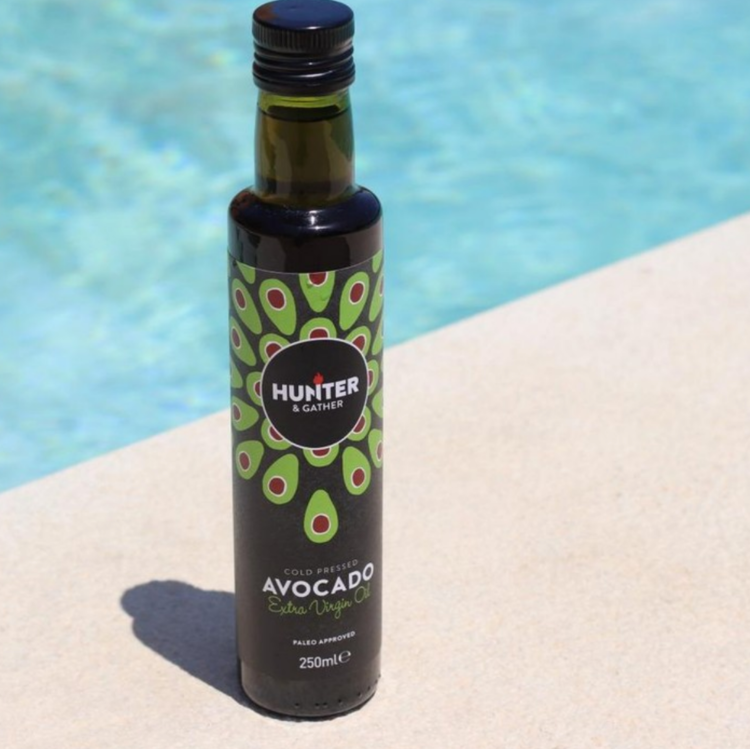To keep calm and carb on or to keep calm and carb-cycle on? That seems to be the newest question within the low-carb/keto community.
Designed for those who seek to lose weight, build muscle or improve their athletic performance, this newest trend requires you to stick to the ketogenic lifestyle, yet match it with your body’s need for calories and glucose. Though there are different ways of committing to carb cycling, the common theme behind them is that protein and fat intake stay relatively constant whilst carbohydrate intake is elevated. Bearing this in mind, the term calorie cycling is often used as a synonym for carb cycling.
Whilst some people choose calorie cycle by upping their carbohydrate intake bigtime every 1-2 weeks, and others do so moderately every 3-4 days, athletes go about this somewhat more strategically. They structure different menus with moderate carbohydrate intake at strategic intervals during a lower carb intake phase —making their carb intake entirely dependant on their training and buff sessions.
The Best of Both Worlds?
This way, they argue, your body gets the best of both worlds: it is in a metabolic state by virtue of which your body is fueled by fat, yet it can rely on carbs during certain high-intensity training days in an attempt to refuel muscle glycogen and reduce muscle breakdown.
As some research suggests that brief and relatively infrequent periods of fasting and/or carbohydrate restriction may be advantageous for both health and body composition, because long-term periods of fasting and/or restriction of carbohydrates can have negative metabolic effects, scheduled high-carb periods may improve your metabolic flexibility and ability to burn fat as fuel in the long term.
This, in turn, follows from the fact that a higher carbohydrate intake at regular intervals will prevent your body from reaching starvation mode. As such, high-carb re-feeds may have positive effects on hormones like testosterone and leptin. From this perspective, these re-feeds won’t undo the significant improvements in insulin sensitivity, fat burning, cholesterol and metabolic health that their low-carb lifestyle has brought about.
In fact, it will boost those effects even more so. This is because it will prevent your body from getting too adjusted to your minimized glucose and calorie intake.
Carb Cycling for Anabolics
This, in turn, may help active people take advantage of anabolic hormones. If people plan to elevate insulin levels during their high-carb re-feeds, after all, they can maximize their insulin’s bodily potential. In that sense, they can bio-hack their body into stimulating muscle growth. The question remains, however, whether a higher amount of carbs is needed to stimulate this growth if protein intake is sufficient.
With that being said, the carb cycling approach to keto does seem to maximize the benefits that carbohydrates provide, whilst reaping the advantages of the ketogenic lifestyle in its entirety. Of course, it is still of importance that you indulge in so-called ‘good’ carbs on your re-feed days. Hence, you should try and stick to foods like (starchy) vegetables and unprocessed fruits, instead of indulging in an all-out pop-tart binge. It goes without saying that the same principles of good nutrition (or omega-3 fat, green vegetables, fiber and protein intake) apply to “everyday” eating and carb cycling phases. Luckily for you, there are plenty of healthy carb sources that are tasty and packed with beneficial fibers, vitamins and minerals.
As for recommendations, we encourage you to establish your macros (or carb/protein and fat intake) and opt for a strategy that works best for you! Every body is different, so take it easy on yourself. Your body is a temple that the keto police should not be stationed at ;)
Other blogs you might enjoy:




Leave a comment
All comments are moderated before being published.
This site is protected by hCaptcha and the hCaptcha Privacy Policy and Terms of Service apply.